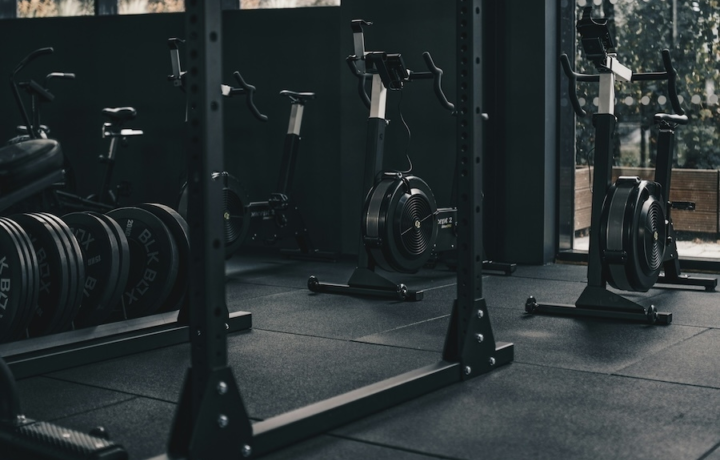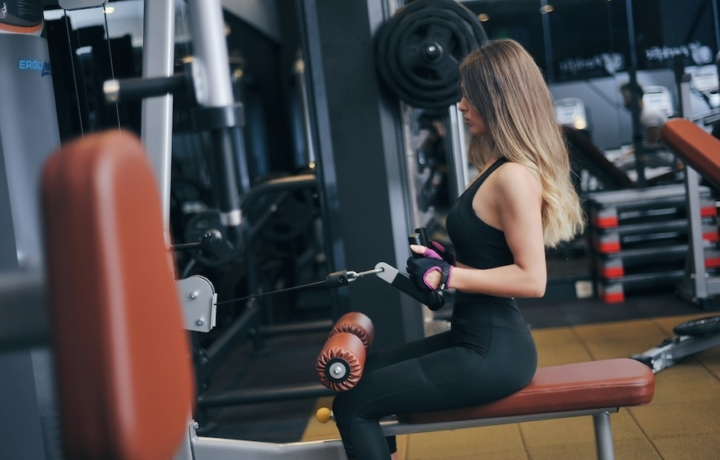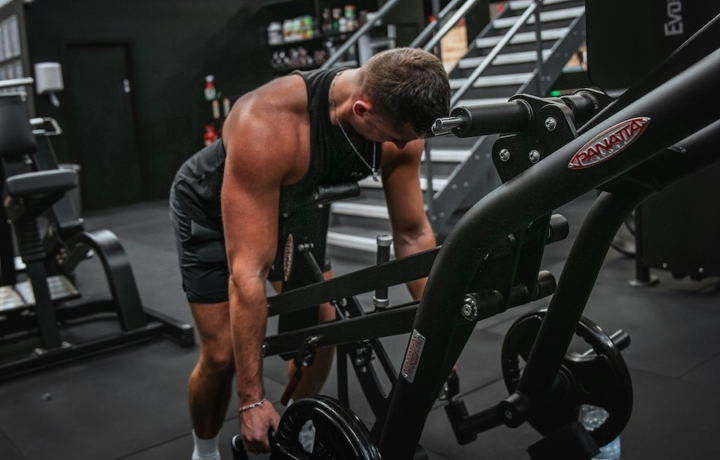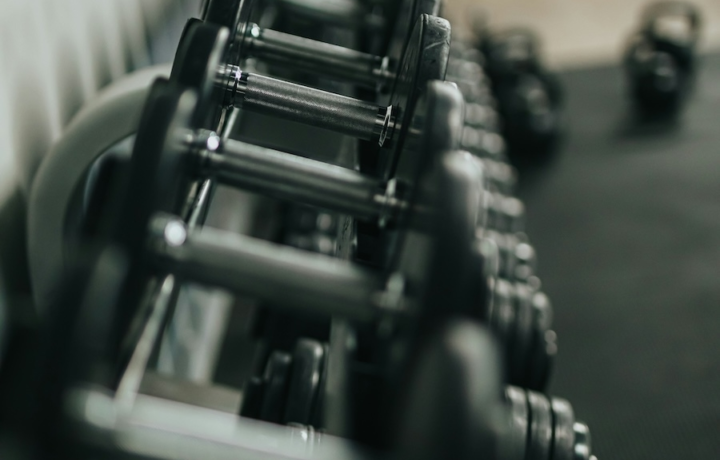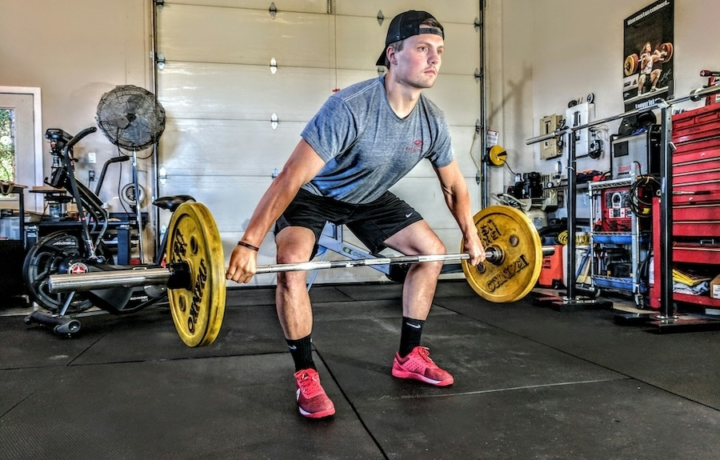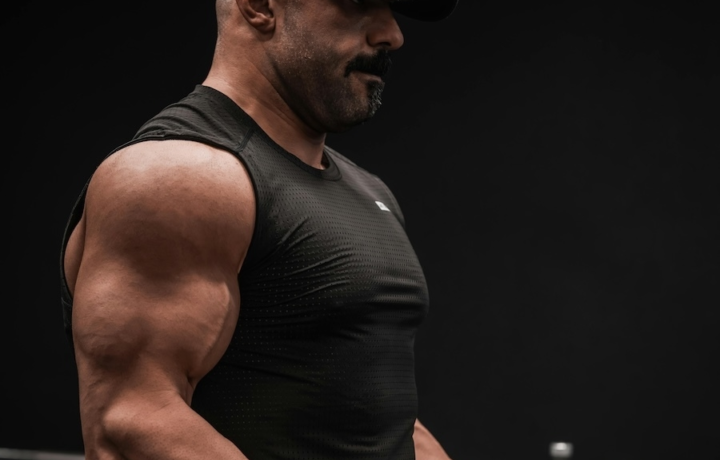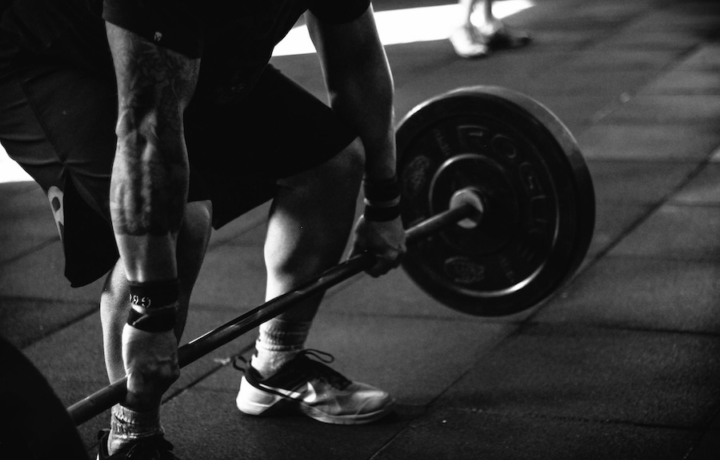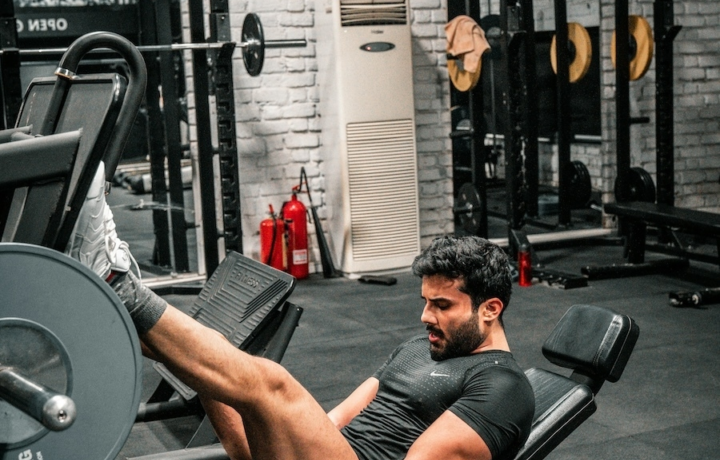Build balanced shoulders & improve posture
Best Rear Delt workouts
The rear delts, or posterior deltoids, are often undertrained compared to the front and side delts: but they’re essential for a strong, balanced upper body. Located at the back of your shoulders, rear delts support posture, improve pulling mechanics, and help prevent shoulder injuries. These workouts target them directly with exercises like reverse flyes, face pulls, and rear delt rows to improve both aesthetics and performance.
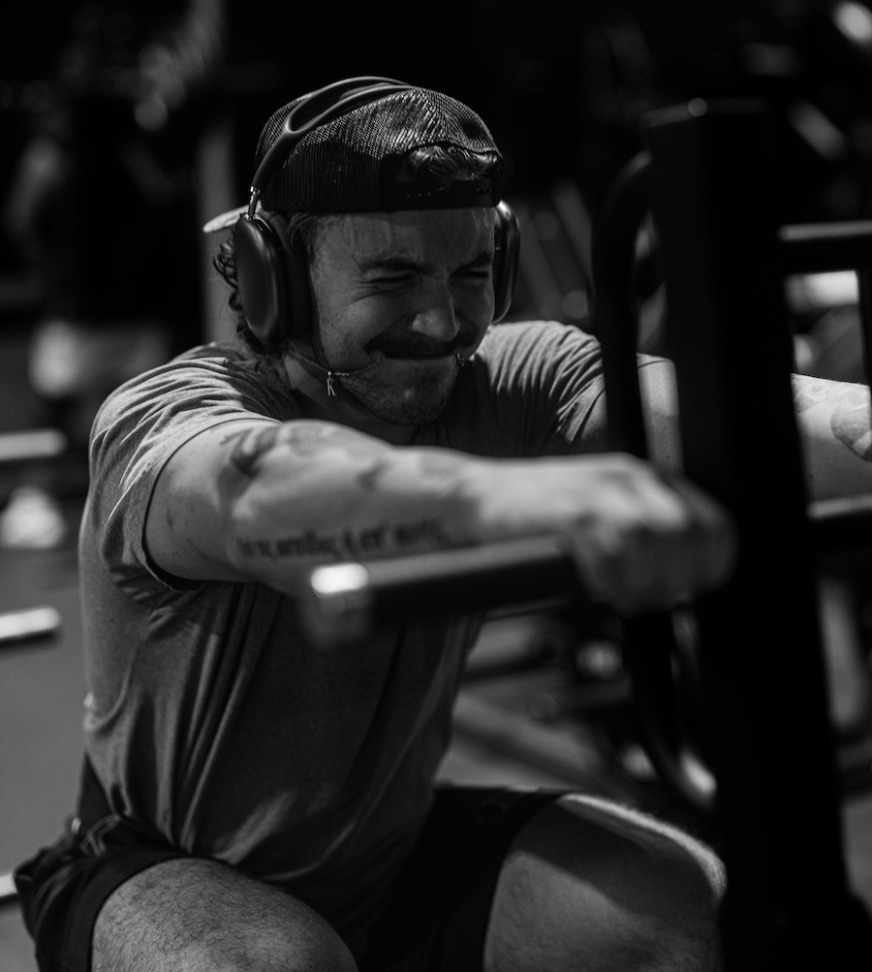
Workout 1 Rear delts
This rear delt workout targets the back of your shoulders using specific exercises that help improve your posture and balance out all the forward pushing you do in daily life. You'll do 10 reps on most exercises with focused, controlled movements that really make you feel the back of your shoulders working. These often-neglected muscles are crucial for healthy shoulders and good posture, especially if you sit at a desk or do a lot of chest training.


Rear Deltoid Stretch


Cable Standing Face Pull (With Rope)


Dumbbell Rear Fly


Lever Seated Reverse Fly
The benefits of rear delt workouts
Enhance shoulder health & pulling strength
Training your rear delts helps correct muscle imbalances caused by overtraining the chest or front shoulders. This leads to better posture and reduces the risk of shoulder impingement. Strong rear delts also support your performance in pulling exercises like rows and pull-ups and contribute to a more complete, well-rounded shoulder appearance. For anyone working at a desk or pushing heavy loads, rear delt strength is key to long-term joint health.
Built for progress
Take the guesswork out of training
Create personalized AI-powered workout plans that evolve with you. Train smarter, track every rep and keep moving forward, one workout at a time.






Workout 2 Rear Delts
This rear delt workout focuses on building stronger, more defined rear delts using a mix of isolation exercises and pulling movements that hit the back of your shoulders. You'll do 8-10 reps on most exercises, which builds both strength and muscle size in these important but often weak muscles. The workout targets your rear delts from different angles to ensure complete development and better shoulder balance.


Rear Deltoid Stretch


Lever Seated Reverse Fly


Rear Lateral Raise


Cable Standing Face Pull (With Rope)
Frequently asked questions: best Rear Delt workouts
Not at all. While machines like the reverse pec deck are useful, you can train rear delts with dumbbells, resistance bands, or cables. Bodyweight options like reverse arm circles or prone T-raises can also be effective when done with control.
Yes. Strengthening the rear delts helps retract and stabilize the scapulae (shoulder blades), countering the effects of forward-rounded shoulders. This can improve posture, especially for those who sit for long hours or frequently work on computers.
Most pushing exercises like bench press and overhead press work the front delts heavily, while rear delts are often neglected. Without direct isolation, they can fall behind, leading to imbalances that affect posture and joint health. Adding dedicated rear delt work can correct this over time.
Rear delts can be trained 1–2 times per week directly. They’re also activated during pulling and rowing movements, but targeted work ensures balanced shoulder development. Since they’re a smaller muscle group, 3–4 sets per session is typically enough.
Top exercises include bent-over reverse flyes, face pulls, cable rear delt flyes, reverse pec deck, and rear delt rows. These moves emphasize horizontal abduction and external rotation, which are the primary functions of the rear delts.
Build balanced and healthy shoulders
Ready to train smarter?
You’ve just explored some of the most effective rear delt workouts: key for posture, shoulder health, and balanced development. With the app, you can build these into a focused routine that supports long-term progress and injury prevention.
Explore more rear delts training variations
Related rear delts workouts
Train smarter with weekly plans
